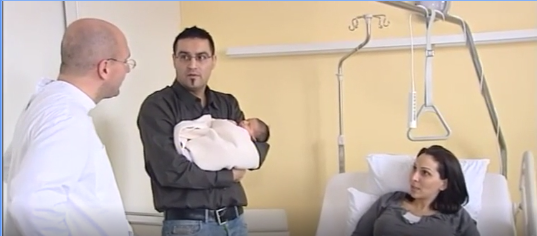
HAPTONOMY & HAPTOSYNESIA
What is haptonomy ?
Any organism, from the most elementary cell to the embryo or a multicellular organism like the human being, exists in its environment (the world) thanks to a complex system allowing faculties of PERCEPTION (hapsis) as different as knowing, estimating , evaluating, discerning, distinguishing, selecting, separating to take, learning, understanding, ordering, coordinating, encoding, storing and memorizing. All this is present in the archaic TACT, a kind of vital sensorium, original at its origin of the primitive sense of perception of life, an essential life-principle, HAPSIS. What is useful for life, a good -vital awakens a feeling of well-being, pleasure and delight in more complex beings. Imagine the first cells or first cellular beings, the protozoan, or even the embryo coming into sensory- (a) perceptual contact with its environment (outside world) by "feeling" and "feeling" through membrane receptors on its cytoplasmic envelope. It is a true original intelligence based on this primitive tact at the origin of reason and emotion. These are the bases of ETHICS (perception of goodness) and AESTHETICS (perception of beauty) of human beings.
https://www.haptonomie.org/en/
HAPTONOMY & HAPTOSYNESIA
How to practice haptonomy ?
in
vivo

To be in order to have


